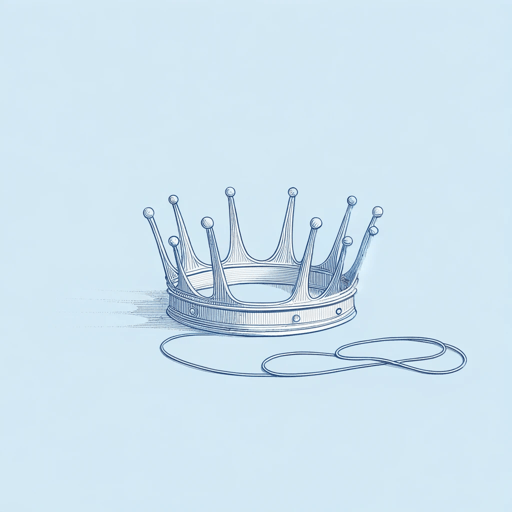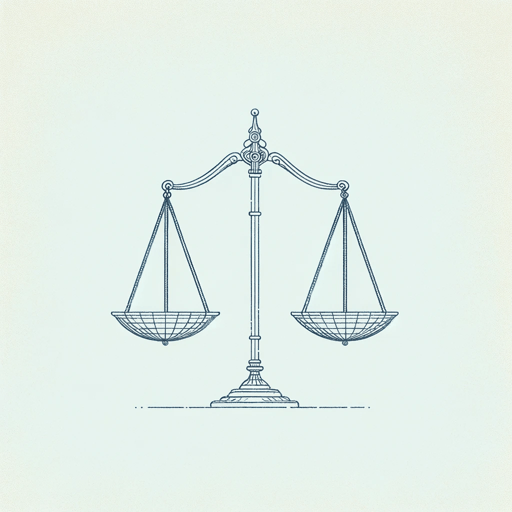19 pages • 38 minutes read
William ShakespeareSonnet 55
Fiction | Poem | Adult | Published in 1609A modern alternative to SparkNotes and CliffsNotes, SuperSummary offers high-quality Study Guides with detailed chapter summaries and analysis of major themes, characters, and more.
Literary Devices
Allusion
“Sonnet 55” uses three main allusions. The first allusion appears at the beginning of the poem when Shakespeare alludes to the marble and gilded monuments of royalty. This allusion establishes a strong comparison for the poem because these monuments were lavish, excessive, expensive, and required a lot of materials and work to construct. This would be similar to other historical monuments built for kings and royalty, including countless statues, buildings, and other structures.
The second allusion is to the Roman god of war, Mars. When referencing the power of war, Shakespeare doesn’t just describe warfare; instead, he alludes to a classical figure of divinity and power to add more gravitas to war. Similar to the first allusion, this strengthens the comparison between the allusion and the poem, as Shakespeare dramatizes the comparison for maximum effect.
The final allusion comes at the end of the poem when Shakespeare alludes to the final judgment. In this allusion, Shakespeare further dramatizes the situation by arguing how the poem will be the subject’s form of immortality until true immortality arrives in the form of the second coming of Christ. Shakespeare also claims here that Christ will resurrect the fair youth, implying that he will surely go to heaven.
Related Titles
By William Shakespeare

All's Well That Ends Well
William Shakespeare

A Midsummer Night's Dream
William Shakespeare

Antony and Cleopatra
William Shakespeare

As You Like It
William Shakespeare

Coriolanus
William Shakespeare

Cymbeline
William Shakespeare

Hamlet
William Shakespeare

Henry IV, Part 1
William Shakespeare

Henry IV, Part 2
William Shakespeare

Henry V
William Shakespeare

Henry VIII
William Shakespeare

Henry VI, Part 1
William Shakespeare

Henry VI, Part 3
William Shakespeare

Julius Caesar
William Shakespeare

King John
William Shakespeare

King Lear
William Shakespeare

Love's Labour's Lost
William Shakespeare

Macbeth
William Shakespeare

Measure For Measure
William Shakespeare

Much Ado About Nothing
William Shakespeare

